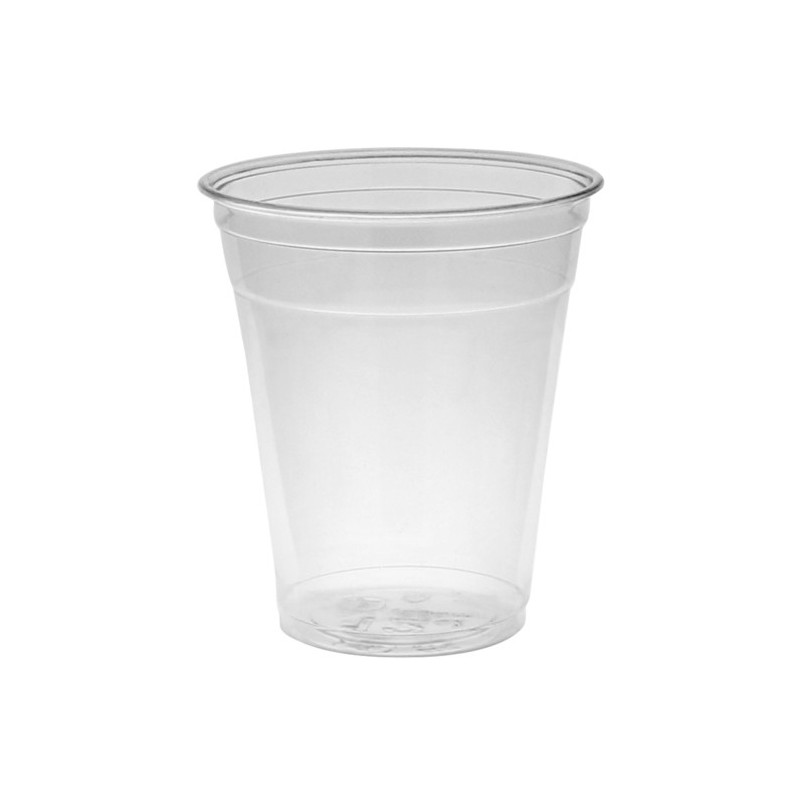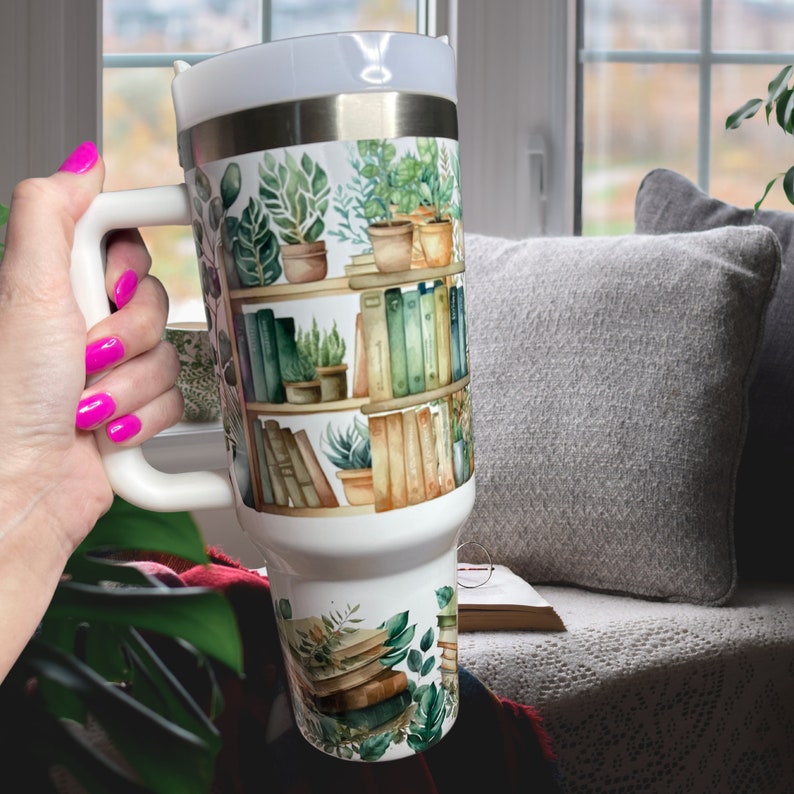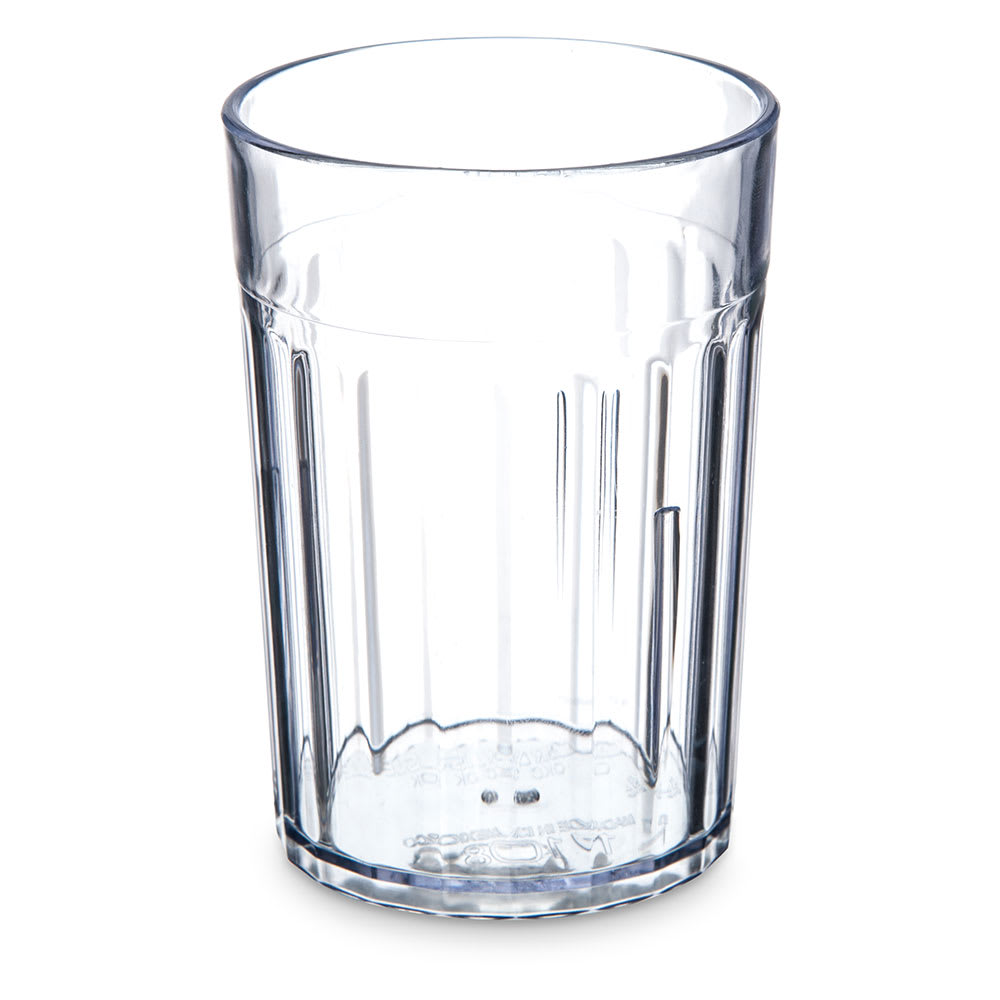
However, the American government decided to stick with the older measurement which was based on the old wine gallon used in England prior to changes in 1824 and contains around 231 cubic inches – this unit of measurement is now known as the “US gallon”. The imperial gallon can be divided into four equal parts – or quarts – that could be further divided into two pints, the pints into four gills and the gill into five ounces.ġ60 imperial fluid ounces make up one imperial gallon – therefore making an imperial fluid ounce of water equivalent to around 28.4g and later, after the introduction of liters, 28.4ml. In 1824 – to put a stop to the confusion - the British Parliament decided the “Imperial Gallon” would be equivalent to the volume of ten pounds of water. The old system was flawed further, with the use of “allowances” which meant “a unit of measure was not necessarily equal to the sum of its parts” – due to an age-old-custom of allowing for the guessed weight of the package or packing materials. The use of the fluid ounce began in Scotland and England to measure wine, water and ale – however the size of the ounce tended to vary based on the system of fluid measure, creating a number of different “named” ounces including the tower, troy and avoirdupois ounce. In fact - the USA officially only uses the imperial system, making it only one of three countries in the world who aren’t using or taking steps towards converting to the “metric” system that is used by the vast majority of the world.ĭue to this, most things you buy in the US will be listed with both the metric and imperial measurements – but when it comes to things such as cooking at home – any European, Mexican or Asian cookbooks, for example, will provide the measurement information in the metric system, potentially posing a dilemma for budding chefs who aren’t also a dab hand at mental arithmetic. There are few things more frustrating that getting half way through a recipe to find half of the ingredients listed in milliliters instead of ounces – forcing you to wash off your hands, locate a phone and google a quick conversion – but why do we do use two different units of measurement in the USA? The final formula to convert 14 Oz to Ml is: = 14 x 29.5735 = 414.03 Ounces to milliliters formula: = x 29.5735

#14 OZ TO CUPS HOW TO#
How many Oz are in 14 Ml? 14 ounces is equal to how many milliliters How to recalculate 14 ounces to milliliters? What is the formula to convert 14 from Oz to Ml Use our Oz to Ml converter to understand: How many milliliters in 14 oz? How to convert 14 Oz to Ml? 1 ½ cups = 12 Ounces.Edit any of the fields below and get answer:

Faq convert 14 1/2 to cups Is 4 oz a 1 2 cup?ġ/2 cup = 4 Ounces. How many cups are in 58 ounces? Convert 58 sugar oz to cupsĤ fluid ounces How many cups is 4.5 oz dry?Ī cup of dry flour is 4.5 oz.Please refer to some of the following articles: Please note that all figures given are approximate.įomular: 14 1/2 Ounces to cups formula: 14 1/2 ounce/7,093593784= 2,044097878 cups Example: Please note that all figures given are approximate.įomular: 14 1/2 Ounces to cups formula: 14 1/2 ounce/7,093593784= 2,044097878 cups Convert 14 1/2 Sugar ounces to cups:Įight ounces of sugar is equivalent to approximately 2.04 US cups, or more accurately, 2,044097878 US cups.

Knowing how to accurately measure ingredients in your recipes will help you create tasty dishes that your family will love! Convert 14 1/2 Flour ounces to cups:Įight ounces of Flour is equivalent to approximately 2.04 US cups, or more accurately, 2,044097878 cups. It is important to remember that different substances have different densities, and therefore the same quantity may require a different amount of measurement depending on the substance being measured.įor example, 1 cup of flour is much lighter than 1 cup of sugar, but they both contain the same amount of volume. If you need to convert other units of measurement into cups, it is a simple process that can easily be done using any type of calculator. This results in a total of 1,8125 cups for 14 and 1/2 ounces. To convert 14 and 1/2 ounces to cups, you need to divide the weight by 8. A cup is a unit of volume, and there are 8 fluid ounces in one cup. This measurement is often used for baking or mixing ingredients for recipes such as cakes, muffins, and other baked goods.

14 and 1/2 ounces is equal to 1,8125 cups.


 0 kommentar(er)
0 kommentar(er)
